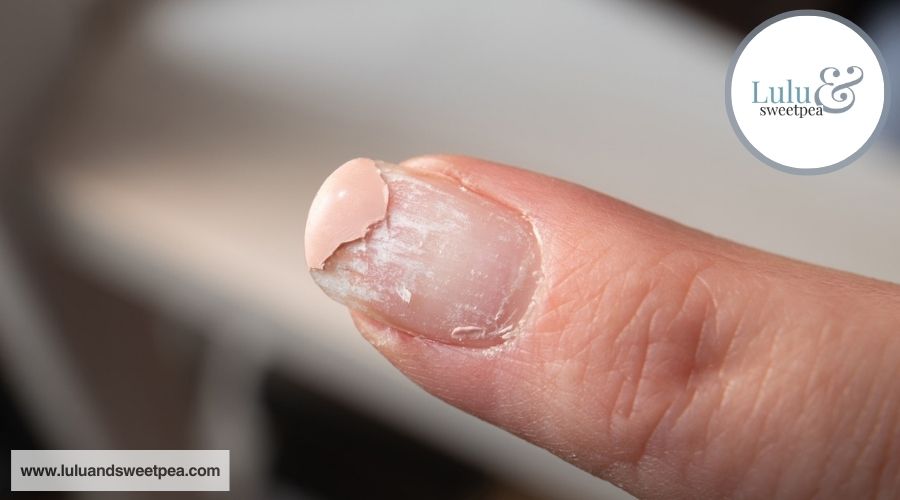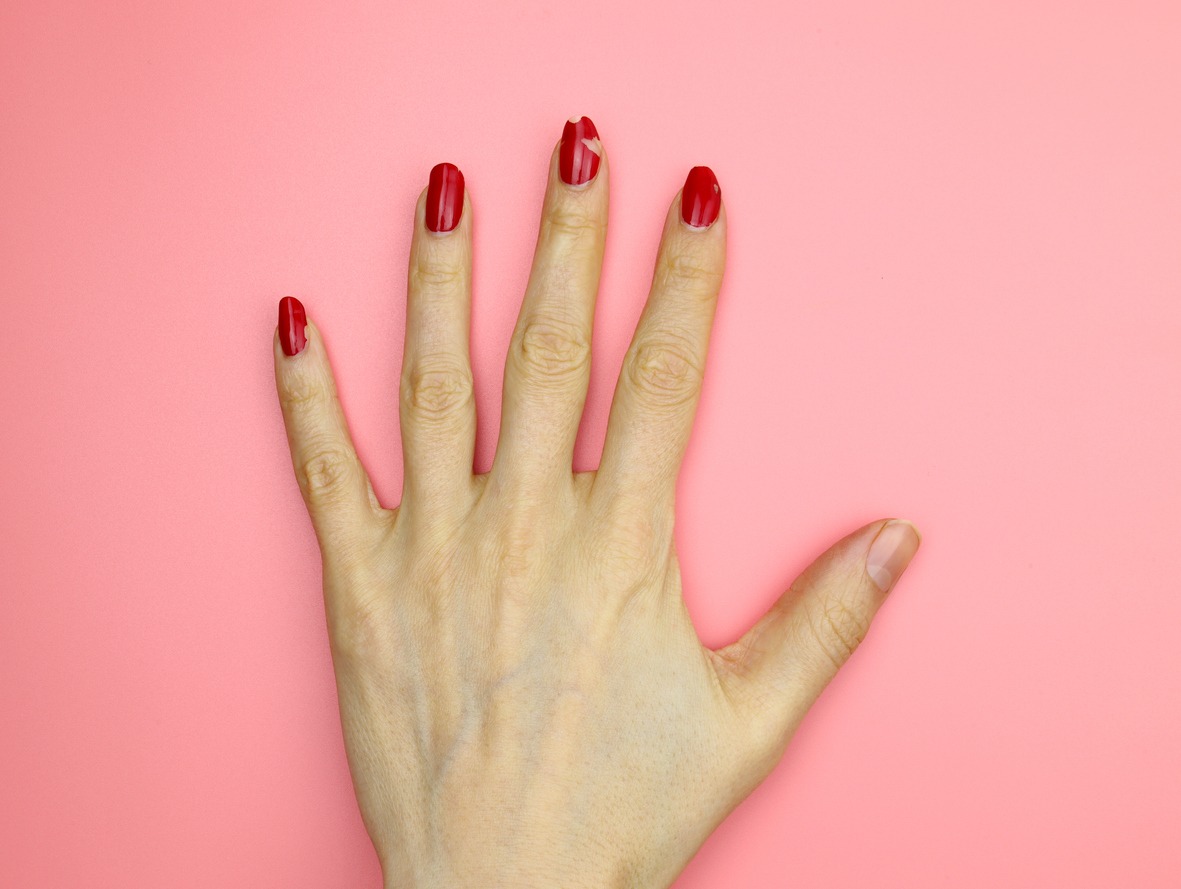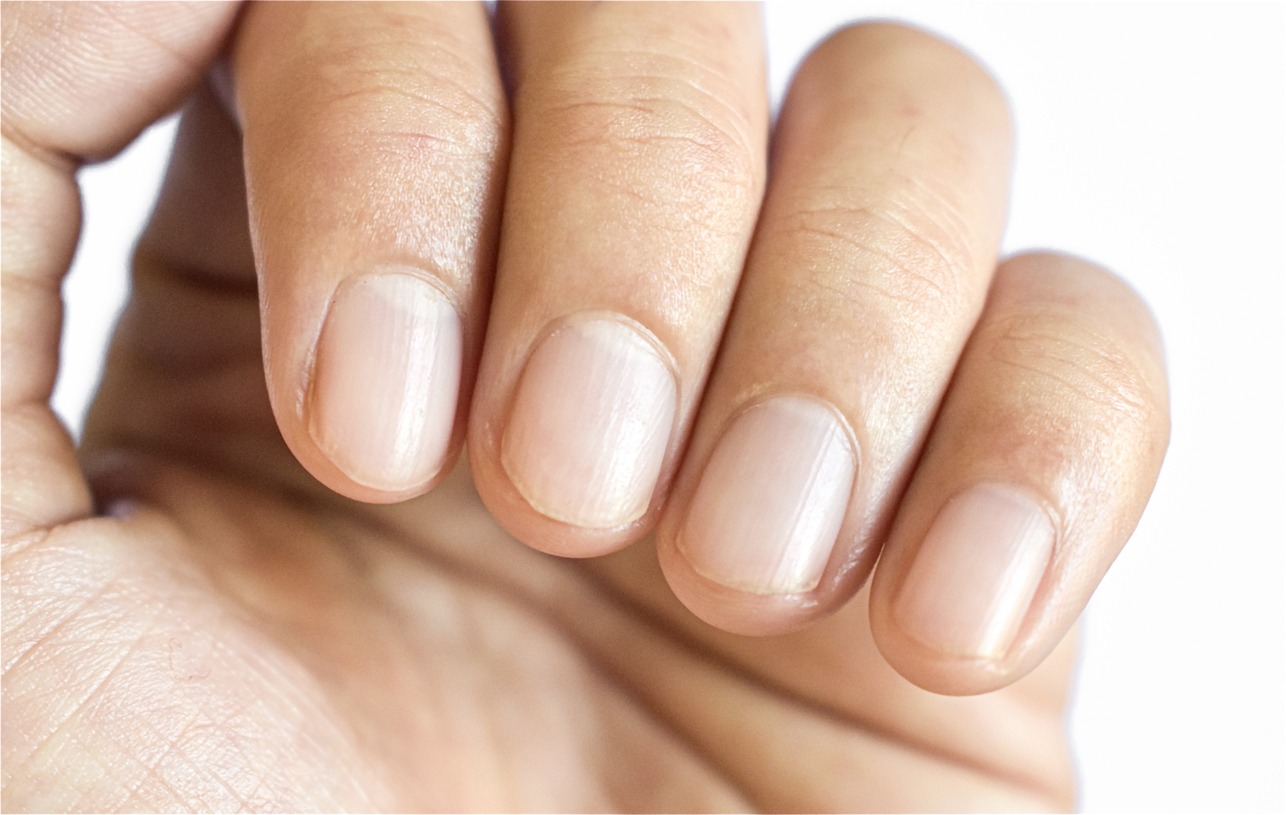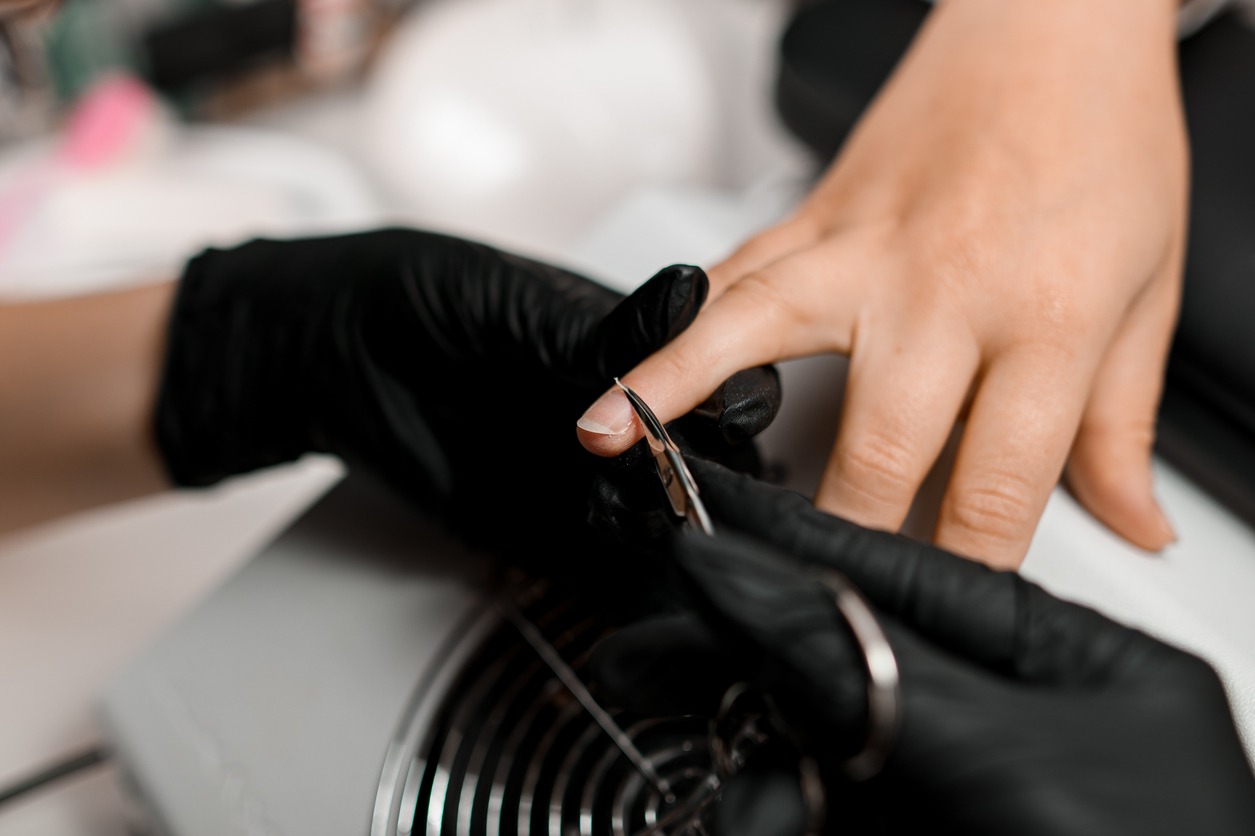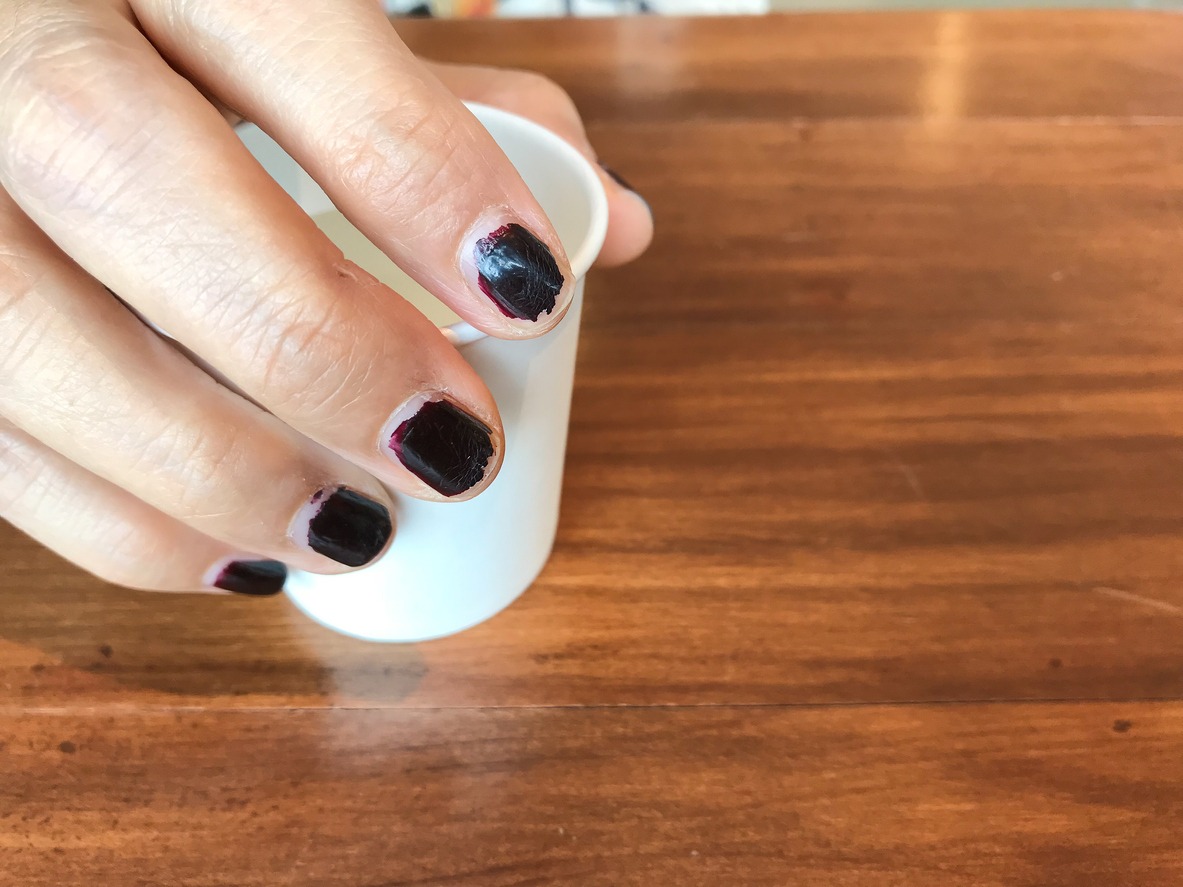Gel polish is prized for its durability and long-lasting shine, but frustration arises when it starts peeling off prematurely. This common complaint among gel manicure enthusiasts often stems from technique errors during application. Improper nail preparation or curing can weaken the polish’s adherence, leading to quick peeling.
Key factors in a polish’s longevity include nail bed preparation, polish application, and post-application care. Nail beds should be free of moisture and oils and properly buffed prior to application. The polish itself must be applied in thin layers and fully cured under a UV or LED lamp. Maintenance is also crucial; regular hydration with cuticle oils and hand creams can extend a manicure’s lifespan.
Understanding the reasons behind quick peeling is the first step towards achieving a flawless, long-lasting gel manicure. Proper technique and attentive aftercare are essential in preventing the gel polish from lifting, thus retaining the manicure’s aesthetic appeal.
Causes of Gel Polish Peeling
When gel polish peels off prematurely, it is often due to specific factors that compromise the durability of the manicure. Understanding these causes can help in preventing peeling and ensuring a long-lasting gel polish application.
Improper Nail Preparation
Proper nail preparation is the cornerstone of a durable gel manicure. The presence of oil and moisture on the natural nail can prevent gel polish from adhering properly. It’s crucial to clean the nail plate thoroughly with rubbing alcohol to remove these barriers. Filing the nails with a good nail file creates a slightly rough surface, which enhances the adhesion of the base coat and the gel polish.
- Ensure the cuticles are pushed back and any dead skin is removed
- Use a gentle buffer to create a textured surface on the nail
- Cleanse the nail plate with an alcohol wipe before applying the base coat
Inadequate Curing Time
Curing is a chemical process that hardens the gel polish, and it’s pivotal for preventing peeling off. Inadequate exposure to UV light or LED lamps during the curing process may result in a gel polish that hasn’t fully cured, leading to premature peeling. Each layer of polish, from base to top coat, needs to be cured for the manufacturer’s recommended amount of drying time.
- Follow the recommended curing time for the base coat, color, and topcoat layers
- Ensure that the lamp used for curing is in good condition and offers the appropriate wattage
Quality of Gel Polish
The quality of gel polish can significantly impact how long it lasts without peeling. High-quality gel polishes are more likely to be durable and resist peeling when applied and cured correctly. On the other hand, poor quality or old gel polishes may not adhere well to the natural nail, leading to premature peeling.
- Opt for reputable brands known for their high-quality gel polishes
- Check the expiration date and consistency of the polish before application
Post-Application Exposure
Exposure to harsh conditions, such as chemicals, prolonged water submersion, or heat can weaken the bond between gel polish and the natural nail, ultimately causing peeling. After a gel manicure, it’s essential to protect the nails from activities that might compromise the integrity of the gel polish.
- Wear gloves when cleaning or using detergents
- Avoid hot water or steam for the first few hours after application
- Maintain your manicure by applying cuticle oil regularly and not picking at the polish
Techniques for Long-Lasting Gel Manicures
Achieving a durable gel manicure hinges on precise nail preparation, application techniques, and proper curing, followed by diligent aftercare. These steps help prevent premature peeling and extend the life of your gel polish.
Proper Nail Preparation
Preparation is critical for a long-lasting manicure. The nails must be clean and free of oils or residue. Use an acetone-based cleanser to dehydrate the nail surface and remove any contaminants. Push back and trim cuticles if necessary to ensure polish does not adhere to the skin. A well-prepped nail bed creates an ideal barrier for base coat adherence.
- Buffing: Gently buff the nail surface to create a slightly abrasive base for the gel polish to adhere to.
- Cleaning: Swipe nails with a lint-free wipe soaked in cleanser or acetone before applying the base coat.
Correct Application of Gel Polish
The application requires precision to avoid issues such as lifting or chipping.
- Apply a high-quality base coat in a thin layer and cure it under a UV or LED lamp as recommended.
- Apply the gel polish in thin, even coats, curing each layer before the next. Two to three coats are generally enough to achieve full color opacity.
- Capping the Free Edge: Seal the free edge of the nail with each coat to lock in the color and prevent lifting.
- Avoid Thick Layers: Thick layers may not cure properly, leading to peeling.
Curing Techniques
The gel polish must be sufficiently cured for durability. Each layer must be exposed to a UV or LED curing lamp for the duration specified by the gel polish brand.
- Proper Curing: Follow the recommended curing time to ensure each coat sets correctly.
- Heat Regulation: Some lamps generate heat which can cause discomfort or improper curing. Always follow the manufacturer’s guidance.
Aftercare and Maintenance
Post-manicure care is vital to maintain the integrity of the gel manicure.
- Moisturize: Regular use of hand cream and cuticle oil keeps nails flexible and prevents brittleness.
- Chip Management: Address any chips as soon as possible to avoid further peeling. Applying a fresh top coat can extend the manicure’s longevity.
- Minimal Contact with Harsh Chemicals: Wear gloves when cleaning or using chemicals to minimize damage.
A meticulous approach to each step of the manicure process helps ensure a gel manicure that remains pristine and chip-free for weeks.
Understanding Nail Health and Anatomy
To grasp why gel polish may peel off quickly, it’s essential to consider the health and anatomy of the nail. A well-maintained nail structure and understanding the impact of external factors are pivotal for longevity in nail treatments, such as gel polish.
The Structure of the Nail
The structure of a nail is complex and consists of several parts:
- Nail Plate: The hard and translucent layer composed of keratin that forms the bulk of the nail.
- Nail Bed: The skin beneath the nail plate that supplies nutrients to the nail.
- Cuticles: The layer of skin that frames the base of the nail, protecting the nail bed from infection.
- Free Edge: The part of the nail that extends beyond the finger.
Proper preparation of the natural nail is critical for gel polish adhesion. It includes gently pushing back the cuticle without damaging it and lightly buffing the nail surface to remove natural oils and create a slightly abrasive surface for the gel to cling to.
Impact of External Factors on Nail Health
Exposure to external factors can significantly affect nail health and the durability of gel polish:
- Moisture & Water: Excessive contact with water can lead to a waterlogged nail plate, which swells and then contracts upon drying, leading to peeling.
- Harsh Chemicals: Chemicals in cleaning agents and sanitizers can strip moisture from the nails, making them brittle and more prone to chips.
- Physical Stress: Activities that apply force to the nail, such as typing or using nails as tools, can cause chips and separation of the gel polish from the nail plate.
To maintain nail health and gel polish integrity, one should regularly moisturize with oils or lotions formulated for nails and cuticles, protect nails from harsh conditions using gloves, and seek professional care at a nail salon when necessary. A correct procedure with a nail file, avoiding harsh filing, also plays a crucial role in preventing nail damage.
Common Mistakes and How to Avoid Them
When it comes to gel polish peeling off quickly, recognizing and correcting common application errors and lifestyle habits can significantly extend the life of your manicure.
Application Errors
Preparation of the Natural Nail: Before applying gel polish, it’s essential to ensure that the natural nails are clean, dry, and free of oils. Cleaning the nail surface thoroughly and then lightly buffing to create a slight texture can make a significant difference. This creates a better adhesive surface for the gel polish.
- Avoid Thick Coats: Application of gel polish should be in thin, even layers. Thick layers may not cure properly, leading to peeling. Each coat should be cured fully under a lamp before the next is applied.
- Proper Capping of the Nail Tips: To prevent chipping and lifting, ensure that the edges of the nails are capped with polish.
- High-Quality Products: Although more costly, using high-quality products can lead to a more durable and less problematic manicure. They are less likely to result in bubbles, white spots, or splitting.
Lifestyle Factors
Exposure to Harsh Conditions: Protecting your nails from harsh conditions and chemicals will help maintain the integrity of your gel polish. Frequent immersion in hot water can cause the gel to lift, so wearing gloves when washing dishes or cleaning can help.
- Post-Manicure TLC: After getting a gel manicure, it’s important to hydrate the skin and cuticles. Regularly applying cuticle oil can prevent the nails and surrounding skin from becoming dry and catching on materials, which may lead to the gel polish peeling.
- Daily Habits: Simple actions such as avoiding picking or biting the nails can significantly reduce the risk of peeling. It’s also advisable to refrain from filing the free edge of the nail which might break the gel seal.
Troubleshooting Gel Polish Issues
When gel polish peels off quickly, it can be frustrating. Identifying the cause is key to extending the life of your gel nails. This section provides targeted advice for common gel polish issues such as peeling and lifting, chipping and splitting, and color fading and discoloration.
Peeling and Lifting
Peeling and lifting of gel polish can occur when the nails are not prepared properly before application. Key factors to prevent this include:
- Proper Nail Prep: Nails should be clean, filed, and buffed. Cuticles must be pushed back and any oils removed from the nail bed.
- Application Technique: Apply gel polish in thin layers, ensuring each layer is cured under the lamp for the recommended time.
- Edge Sealing: Free edges should be capped with polish to avoid lifting. Avoid gloves that can cause peeling and apply cuticle oil regularly to maintain nail health.
Chipping and Splitting
To prevent chipping and splitting, consider the following:
- Quality of Polish: Lower-quality gel polish may chip more easily. Invest in high-grade polish for longer-lasting results.
- Filing Techniques: Nails should be filed smoothly to avoid jagged edges which can contribute to chipping.
- Avoid Harsh Conditions: Protect nails by wearing gloves during activities like cleaning, which can cause chipping or splitting.
- Habitual Actions: Nail-biting or picking at the polish will increase the likelihood of chipping.
Color Fading and Discoloration
Maintaining vibrant color without discoloration involves:
- Proper Application: Thick layers of polish can lead to discoloration. Apply thin, even coats and cure them thoroughly.
- Sun Exposure: Limit direct exposure to sunlight which can fade the pigment in gel polish. UV ray protection gloves can help.
- Aftercare: Using rubbing alcohol to remove any sticky residue can help maintain the polish’s shine and prevent white spots from appearing.
